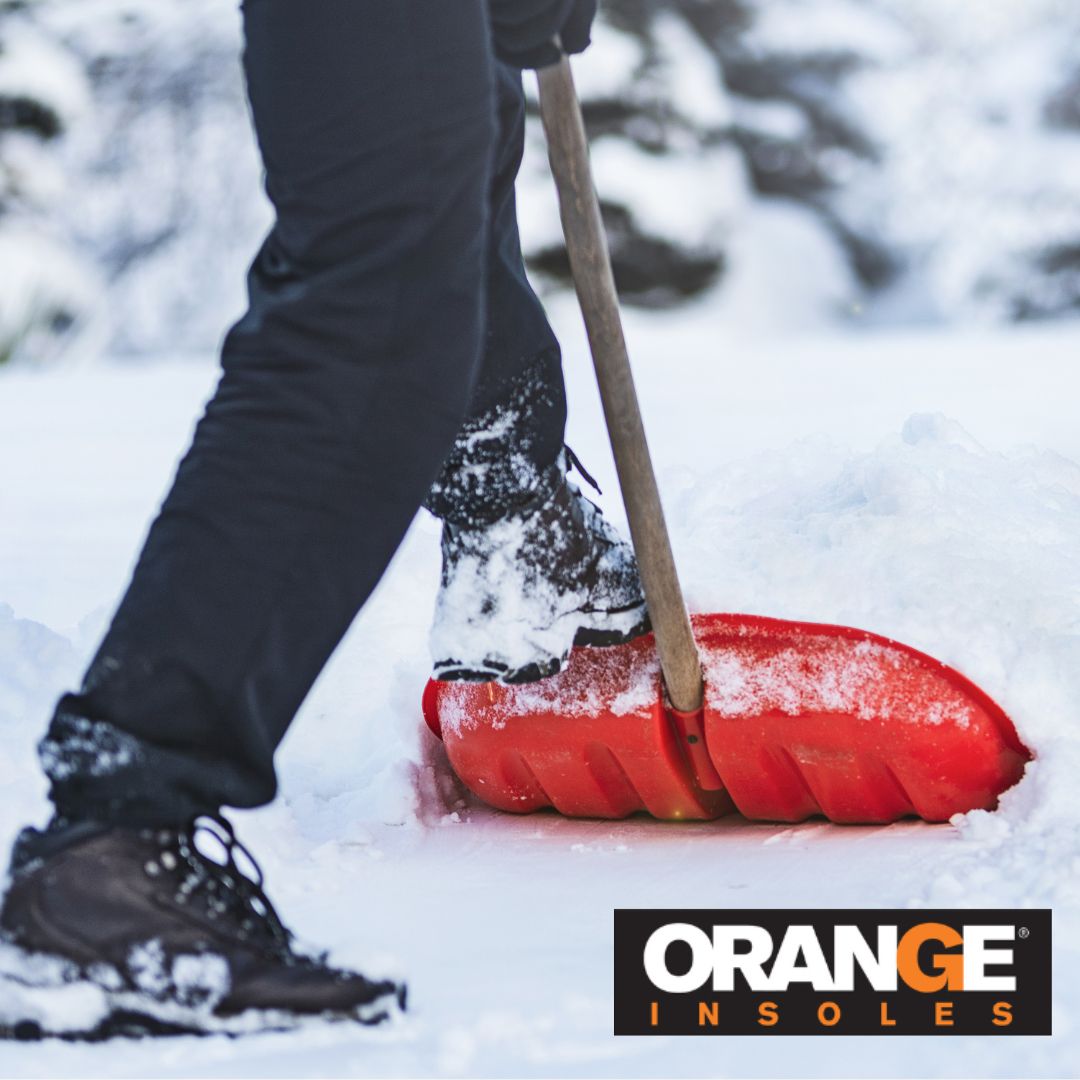Stepping into a winter wonderland, whether for a leisurely stroll or the less fun but still necessary task of shoveling snow, demands not only a sense of seasonal delight but also a proper look at the well-being of our feet. As temperatures drop and landscapes transform, the right pair of boots can help keep our feet safe in the frosty terrain.
Let’s take a look at how to keep your feet warm, safe, and comfortable as you walk through a winter wonderland, for fun, for sport, or for chores!
Properly Secure Your Boots
A properly fitting boot is paramount to a successful day out in the snow. Boots that are too loose can let in cold air and snow and boots that are too tight can cut off circulation leading to limited blood flow and possible frostbite in cold temperatures.
Your feet can also slide around in boots that are too loose, increasing the risk of instability, injury, or improper alignment.
Before heading out, ensure that your boots are properly fastened and fit properly, to provide good ankle support.
Boots should be snug but not over tight and they should fit securely around your heel, preventing sliding and lifting as you walk, stomp, or shovel your way through the snow.
Shock Absorption
Before you head out to play or push snow around, make sure you have boots with good shock absorption capabilities. This feature can help reduce the impact on your feet and joints, especially when walking on hard or uneven terrain, like snow covered surfaces.
Without proper shock absorption, the repetitive impact on your joints, especially your ankles, knees, and hips, can lead to joint pain and discomfort. Boots with adequate shock absorption can help mitigate this impact and reduce the risk of pain and strain.
Shock-absorbing materials, such as EVA (ethylene-vinyl acetate) foam, like the kind found in Orange Insoles, can contribute to the overall comfort of your boots. This is especially beneficial during extended periods of walking or standing in snow, and can prevent foot fatigue.
Read more: How Proper Foot Support Can Make a Difference in Cold Weather
Shock-absorbing boots or insoles also contribute to overall stability and balance. This is crucial when navigating uneven terrain, such as snow-covered sidewalks or icy paths. Improved stability reduces the likelihood of slips and falls.
Support For The Whole Foot
When choosing boots to carry you through your favorite, or least favorite, winter activities, make sure to choose boots that will support your whole foot.
- Choose snow boots with good arch support. Proper arch support helps distribute your body weight evenly and reduces the risk of foot fatigue and discomfort.
- Look for boots that provide adequate ankle support, especially if you're engaging in activities like shoveling. Proper ankle support helps prevent sprains and provides stability on uneven or slippery surfaces.
- Ensure that the boots have a firm heel cup (the back part of the boot that cups the heel). A stable heel helps maintain proper foot alignment and minimizes the risk of ankle injuries.
If your boots don’t have all of this on their own, you can add an insole as long as your boot has a removable liner. For activities such as snowy walks and shoveling, we suggest an Orange Full.
Keep Feet Warm & Dry
You might not notice if your feet get cold, especially if you’re moving and staying active, but if our feet don’t maintain the proper temperature and stay warm, we run the risk of frostbite, blisters, or an end to our winter fun.
Read more: 3 Tips To Keep Your Feet Safe This Winter
Keep your feet warm by using moisture-wicking socks as a base layer to keep sweat away from your skin. If needed, you can add an insulating layer with thick, warm socks to provide extra warmth. Avoid cotton socks, as they can retain moisture. Damp feet will not only get cold faster but when your feet are wet you’re at a higher risk of blisters. So keep feet warm and dry by choosing the right boot or adding an insole with moisture-wicking technology.
Don’t let cold or sore feet slow you down this winter. Make sure you have the right boots, with added support if needed, so you can stomp, frolick, walk, or trek through the snow all winter long.
SHOP for INSOLES

























































